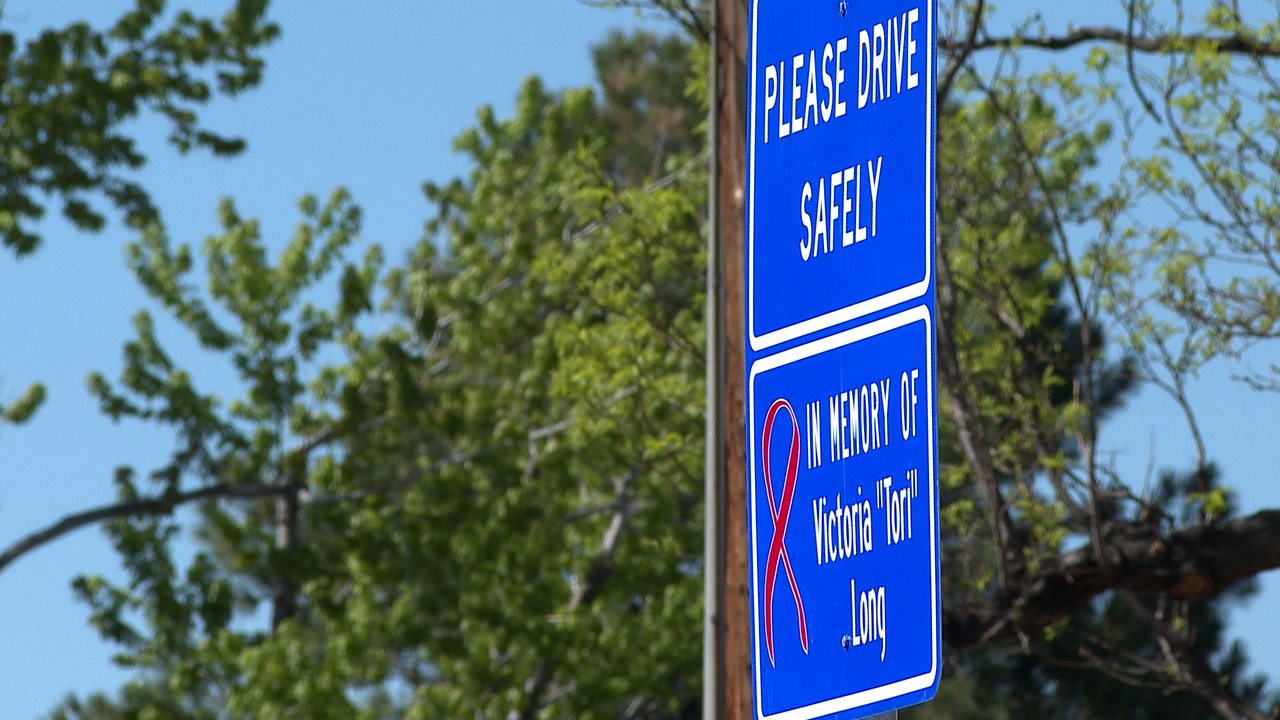DENVER (KDVR) — Colorado has a rich history of people and communities, and though several of those communities did not thrive, they left marks that still stand today. The remnants of civilizations that fascinate historians and travelers are called ghost towns, and there are hundreds of them in the Centennial State.
A member of the Ghost Town Club of Colorado, Joan Fields described ghost towns as “places all over the state that, for whatever reason, the community failed at some point in time.”
It’s nearly impossible to count exactly how many ghost towns there are in Colorado. People created towns around railroads, agriculture and mining. But when those people heard the grass was greener on the other side, they would literally pack up their things and go, leaving much behind.
A book written by Perry Eberhardt in 1959 called Guide to the Colorado Ghost Towns and Mining Camps lists over 700 ghost towns in Colorado.
By comparison, a list from the Colorado Department of Local Affairs lists only 270 active towns and cities in the state.
One of the two surviving founders of the Ghost Town Club of Colorado, Ron Ruhoff, said many of these ghost towns sprang up near railroads as mining towns, and many of which were abandoned around the silver crash of 1893 when silver lost its value.
“The price of silver dropped so drastically that people couldn’t make money mining anymore, and that had a big influence in a lot of the towns around Colorado, some of them survived and some of them didn’t,” he said.
In Fairplay, South Park City gives us an idea of what these early towns looked like with a display of preserved buildings and artifacts.
Some ghost towns may require a hefty hike or a high-clearance 4×4 vehicle to access, but if you want to see an accessible ghost town that captures the image of the wild west and the gold rush, Ruhoff recommends visiting St. Elmo, located about 20 miles west of Buena Vista.
